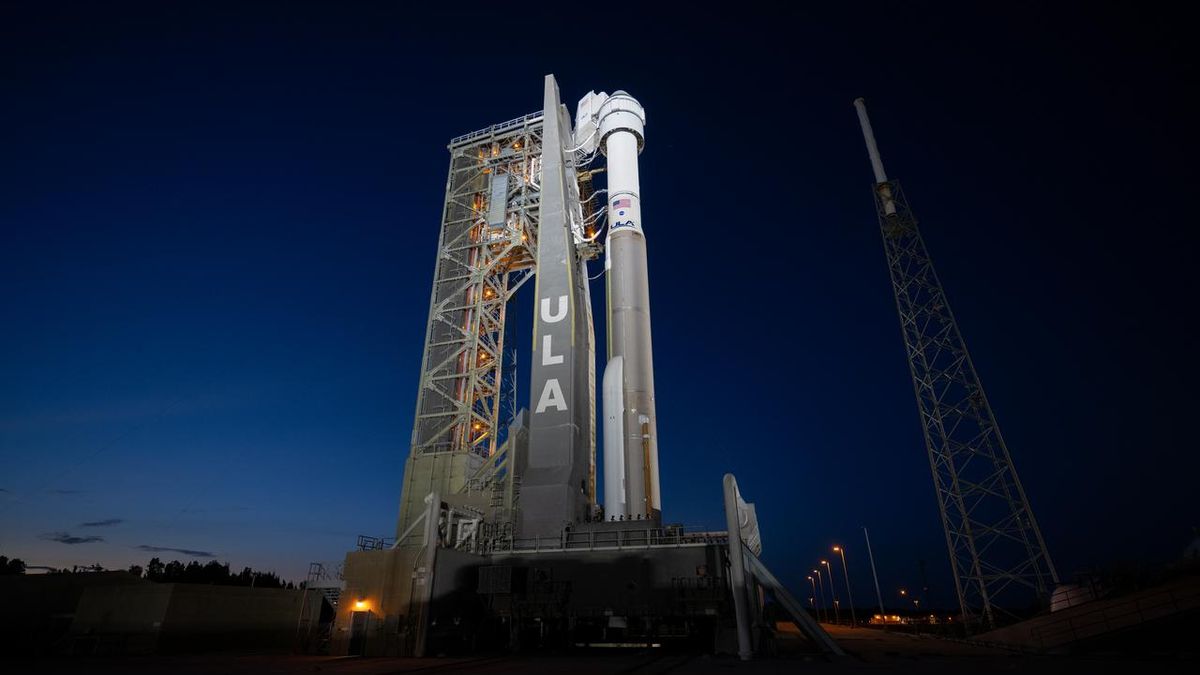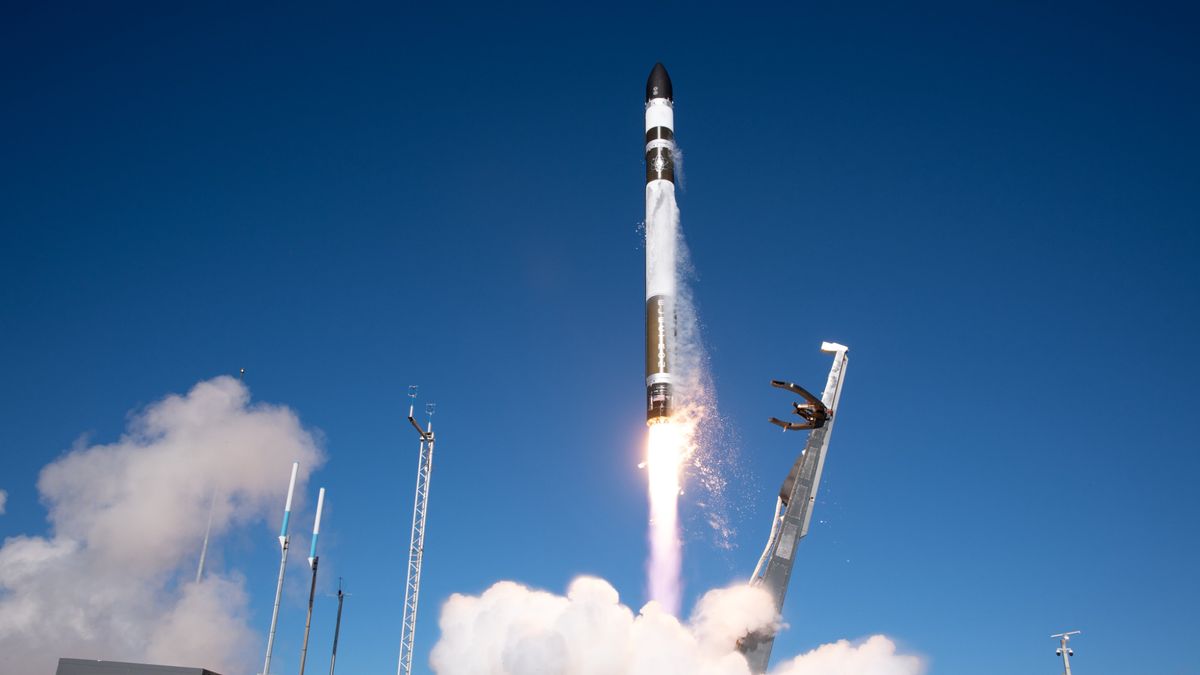Boeing’s Starliner Crewed Launch Delayed Due to Valve Issue
The inaugural crewed launch of Boeing’s Starliner capsule has been postponed by a week due to a malfunctioning valve on its rocket ride. The mission, named Crew Flight Test (CFT), was originally scheduled for Monday night (May 6) at Florida’s Cape Canaveral Space Force Station atop a United Launch Alliance (ULA) Atlas V rocket.
However, the launch was aborted approximately two hours before the planned liftoff when a buzzing oxygen relief valve was detected in the Atlas V’s Centaur upper stage. Following this development, ULA, Boeing, and NASA rescheduled CFT for no earlier than Friday (May 10) initially. Nevertheless, due to the need to replace the valve, the launch date has been pushed back further.
Valve Replacement and New Launch Date
ULA has decided to replace the faulty valve, requiring the Starliner-Atlas V stack to be rolled off the launch pad and back to an assembly building. Consequently, the launch of CFT is now targeting no earlier than May 17, as announced by NASA on Tuesday (May 7). If the May 17 launch proceeds as planned, it is scheduled for 6:16 p.m. EDT (2216 GMT).
During the mission, NASA astronauts Butch Wilmore and Suni Williams will travel to the International Space Station (ISS) for an approximately eight-day stay. CFT serves as a test flight to demonstrate Starliner’s readiness for operational, six-month crewed missions to the orbiting laboratory.
Technical Troubleshooting and Valve Replacement Decision
Following the individuals’ return to Kennedy Space Center after the canceled launch attempt, ULA teams conducted tests and analysis on the problematic valve. Technicians managed to temporarily dampen the oscillations by commanding the valve closed but encountered reoccurrences during fuel removal operations.
After thorough evaluation of the valve’s history, data signatures from the launch attempt, and risk assessments, ULA determined that the valve no longer met the required qualifications for use. Subsequently, mission managers agreed to remove and replace the valve.
Boeing developed the Starliner capsule under a $4.2 billion contract awarded by NASA’s Commercial Crew Program in 2014. In comparison, SpaceX received a $2.6 billion contract at the same time for its Dragon capsule development. SpaceX successfully conducted its version of CFT in 2020 with a two-astronaut test flight known as Demo-2, and the company is currently engaged in its eighth long-term astronaut mission to the ISS, referred to as Crew-8.
For more updates on space news, rocket launches, and skywatching events, stay tuned on Space.com.
Image/Photo credit: source url





